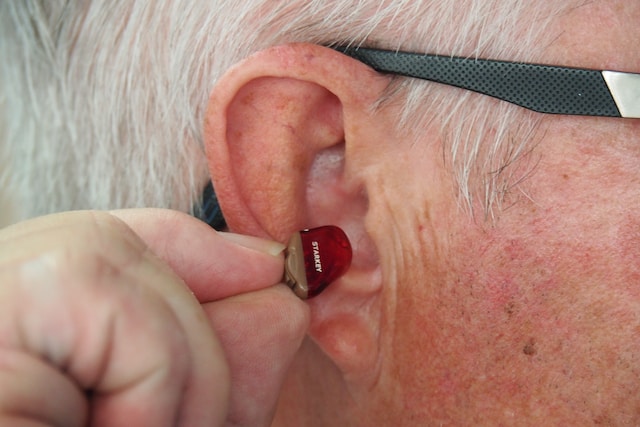Deaf culture, a vibrant tapestry of traditions, values, and shared experiences, is built upon the foundation of sign language. In this article, we delve into the richness of deaf culture and explore the significance of sign language as a vital tool for communication within the deaf community. By shedding light on the importance of sign
Deaf culture, a vibrant tapestry of traditions, values, and shared experiences, is built upon the foundation of sign language. In this article, we delve into the richness of deaf culture and explore the significance of sign language as a vital tool for communication within the deaf community. By shedding light on the importance of sign language, we aim to foster a deeper understanding and appreciation for the diverse ways in which humans connect and express themselves.
Deaf culture is a unique cultural and linguistic community that thrives on visual communication. It encompasses a wide range of individuals who identify themselves as deaf, deafened, or hard of hearing. Central to this cultural identity is sign language, a visually expressive language that employs gestures, facial expressions, and body movements to convey meaning. Sign languages, such as American Sign Language (ASL), British Sign Language (BSL), and many others, have their own grammatical structures and cultural nuances, representing the distinct linguistic heritage of the deaf community.
Sign language serves as the cornerstone of communication for many deaf individuals. It is more than just a means to convey information; it is a powerful tool for self-expression, connecting individuals, and fostering a sense of belonging. Sign language allows deaf individuals to engage in deep and meaningful conversations, share stories and experiences, and build relationships within their community. Through sign language, the richness of emotions, cultural expressions, and diverse perspectives come to life.
The significance of sign language extends beyond communication. It plays a vital role in the development of language and cognitive abilities in deaf children. Research has shown that early exposure to sign language provides a solid foundation for linguistic and cognitive growth, enabling deaf children to fully participate in education and engage with their peers. Recognizing and supporting sign language as a primary language for deaf children is crucial for their overall development and well-being.
It is important to note that sign language is not a universal language; different regions and communities have their own distinct sign languages. Just as spoken languages vary across countries, sign languages possess their own rich cultural heritage and regional variations. This diversity within sign languages highlights the need for cultural sensitivity and recognition of the unique linguistic identities present within the deaf community.
Deaf culture, with its vibrant history, traditions, and shared experiences, deserves recognition and celebration. Deaf individuals have made significant contributions to various fields, including art, literature, sports, and advocacy. Their resilience, creativity, and unique perspectives offer valuable insights and contribute to the fabric of our diverse society.
As journalists, it is our responsibility to accurately portray and respect deaf culture, shedding light on the richness of the community and amplifying their voices. Thorough research, interviews with members of the deaf community, and collaboration with experts in deaf studies ensure that our reporting is accurate, respectful, and representative. By actively engaging with the deaf community and sharing their stories, we can contribute to a more inclusive and informed society.
In conclusion, deaf culture flourishes through the vibrant tapestry of sign language, a vital tool for communication and self-expression within the deaf community. Sign language forms the backbone of deaf identity, enabling individuals to connect, share experiences, and express their unique perspectives. By embracing and respecting the importance of sign language, we foster inclusivity and celebrate the diversity of human communication. Let us recognize and honor the richness of deaf culture, ensuring that sign language continues to be cherished as a powerful and beautiful language of its own.

















Leave a Comment
Your email address will not be published. Required fields are marked with *